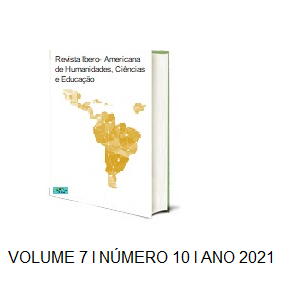ENERGIA SOLAR E SUA VIABILIZAÇÃO
DOI:
https://doi.org/10.51891/rease.v7i10.2872Keywords:
Electricity. Solar energy. Photovoltaic tiles. Energy system. Photovoltaic panels.Abstract
Photovoltaic panels enable the smartest way to convert solar energy directly into electrical energy, when sunlight hits a photovoltaic cell, a small electric current is formed, thus being collected and injected to the other components that form the system. This work aims at the use of the sustainable energy together with the electric energy that when combined contributes for cost reduction and with this the valuation of enterprises and residences, using photovoltaic roof tiles and photovoltaic panels in backyards of residences and besides studying the viability of the use of recyclable materials, or RCD for manufacture of roof tiles for larger economy, to analyze the high consumption of electric energy and the decrease of the level of the rivers, comparing investment and aiming at improving the cost-benefit. A power electrical system comprises three main parts, being the generation, transmission and distribution of electrical energy. In addition to the fact that about half of the energy consumption in the national territory happens in residential or commercial buildings, therefore, the development of solar roof tiles is an improvement in the use of solar radiation in Brazil, thus being able to adapt these buildings where we have higher energy consumption. These solar tiles are also produced locally in Brazil, making them more accessible for purchase and thus reducing traditional energy consumption in an ecological way.
Downloads
Downloads
Published
How to Cite
Issue
Section
Categories
License
Atribuição CC BY

